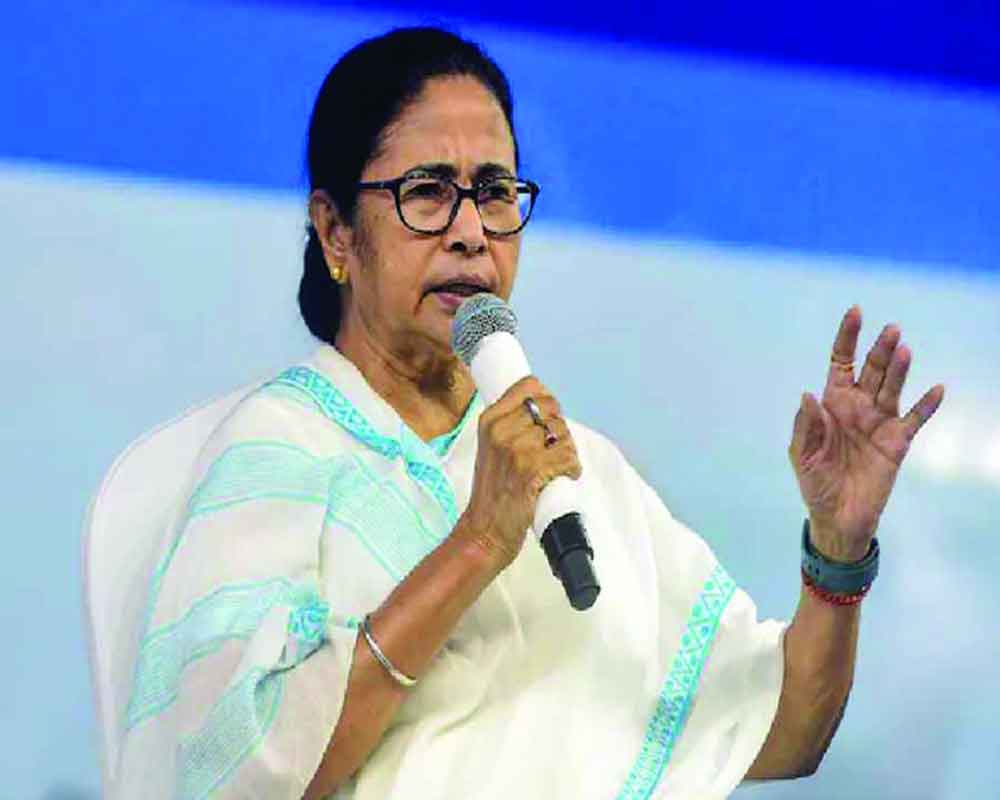Two major players in INDIA bloc plan to go it alone in LS polls. Where does it leave the Oppn grouping?
Despite the constituents' best efforts to paper over their differences and present a united facade, the worst apprehensions about the INDIA bloc are coming true. Its seat-sharing formula is just not taking shape. The much-hyped bloc, an alliance of 28 Opposition parties aiming to counter the BJP's dominance, seems to be unravelling. Recent announcements by key constituents indicate a shift in strategy, with prominent leaders opting for independent paths in the Lok Saabha elections. West Bengal Chief Minister Mamata Banerjee's rejection of sharing seats with the Congress and AAP's decision to go it alone in Punjab are enough to upset the bloc’s apple cart even before it could start its electoral journey. Mamata, the TMC chief and a key architect of the INDIA bloc, has signalled a fracture in the purported unity. She has emphasised the need for regional parties to assert themselves and prioritise State-centric issues over national alliances. This stance has added an element of unpredictability to the bloc's future, as it challenges the idea of a united front against the BJP. As if Mamata’s stance were not enough, AAP has also decided to go it solo. In Punjab, the party has declared its intent to contest the elections independently. It comes as a major blow to the INDIA bloc: In retaliation, the Congress could go it alone in Delhi and Haryana, effectively making it a three-cornered contest in Delhi, Punjab and Haryana.
The challenge for the INDIA bloc now lies in reconciling the divergent aspirations of its constituent parties and finding common ground to build a cohesive narrative on. It is, however, essential to acknowledge that the dynamics of Indian politics are fluid and alliances can evolve swiftly. The INDIA bloc could potentially reassess its strategy and work towards a more unified front as the general elections approach. The posturing by the TMC and AAP should make the INDIA bloc leaders go back to the basics and rework their strategy. It may find renewed purpose in addressing shared concerns while respecting the autonomy of individual parties. The success of the INDIA bloc at the hustings hinges on its ability to navigate internal differences. The bloc's initial promise lay in consolidating regional strength; for this, it must overcome fissures and present a coherent vision for governance at the national level. It needs to convince voters that a coalition of regional parties can provide stable and effective leadership, addressing both local and national concerns. Its success will depend on its capability to forge a common agenda, communicate it effectively to the electorate and demonstrate a united front against the ruling party. While the bloc's future appears uncertain at the moment, political landscapes are known for rapid transformations. The road to general elections will test the resilience and adaptability of the INDIA bloc, determining whether it can emerge as a potent force capable of shaping the national narrative and challenging the status quo.


























